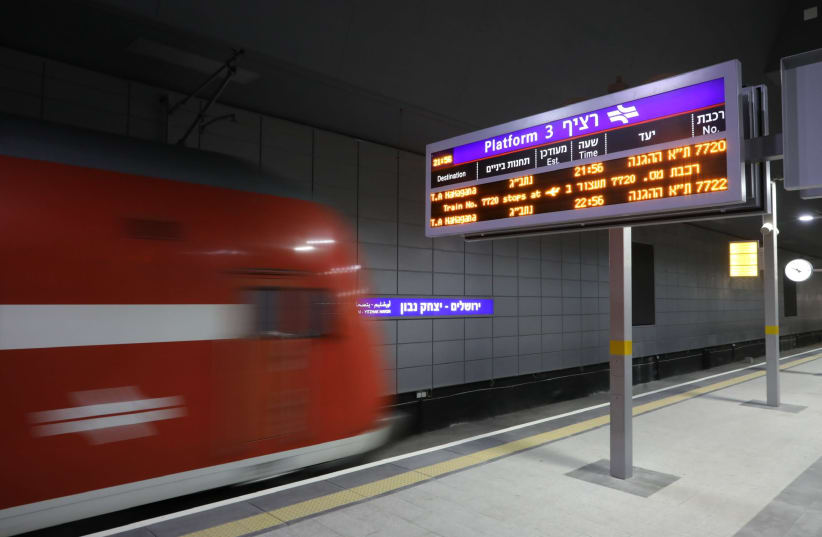How Israel can get trains and commuters safely back on track
Despite fears regarding busy carriages as the potential scene for coronavirus transmission, authorities can look to measures implemented by transportation providers worldwide for inspiration.
